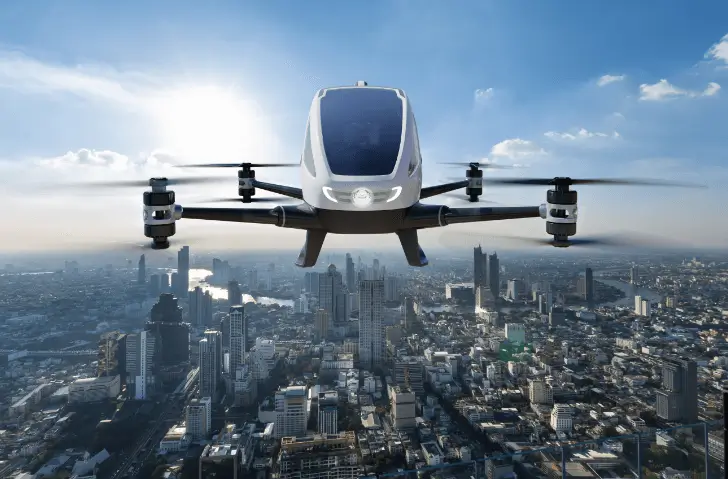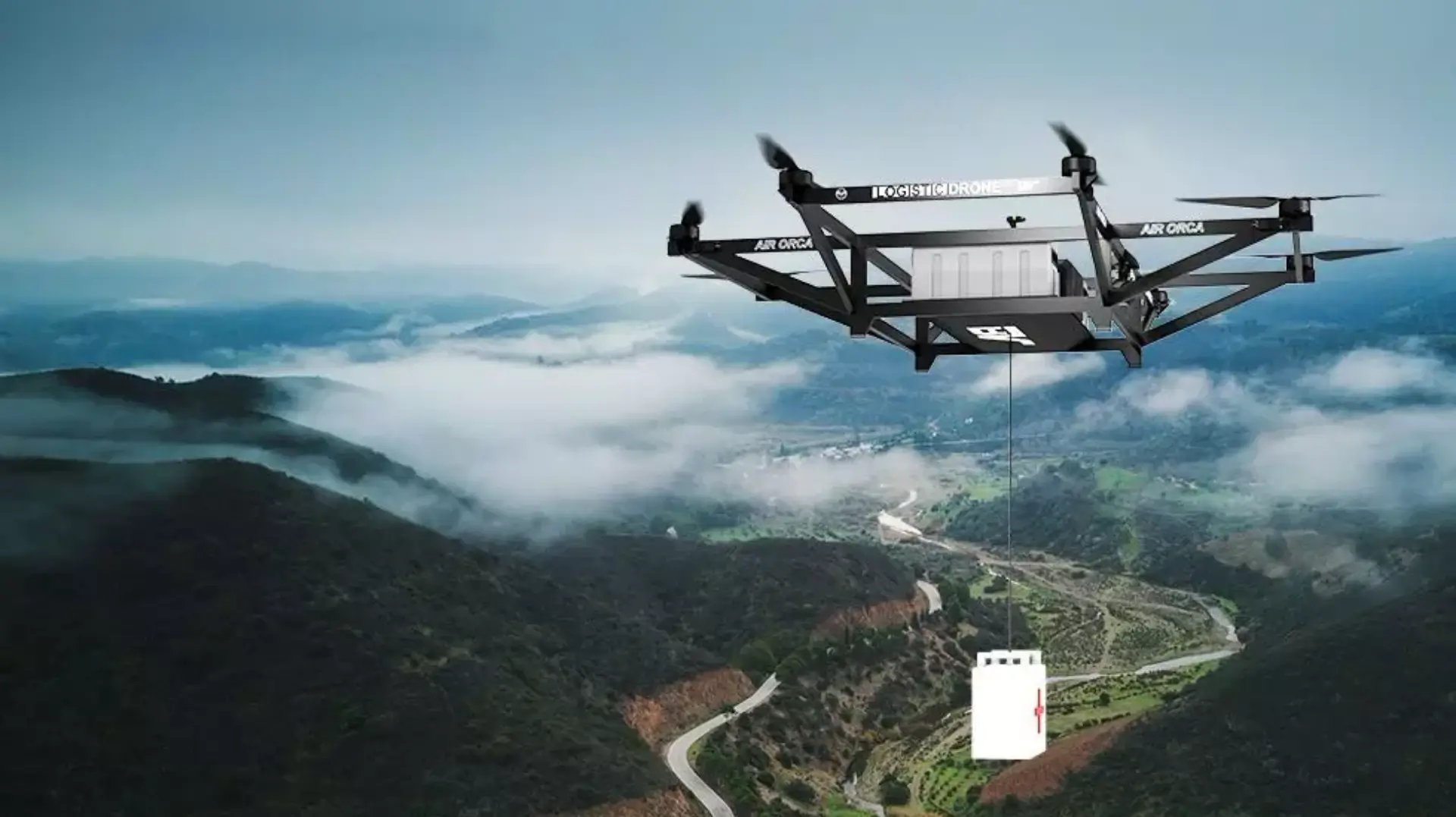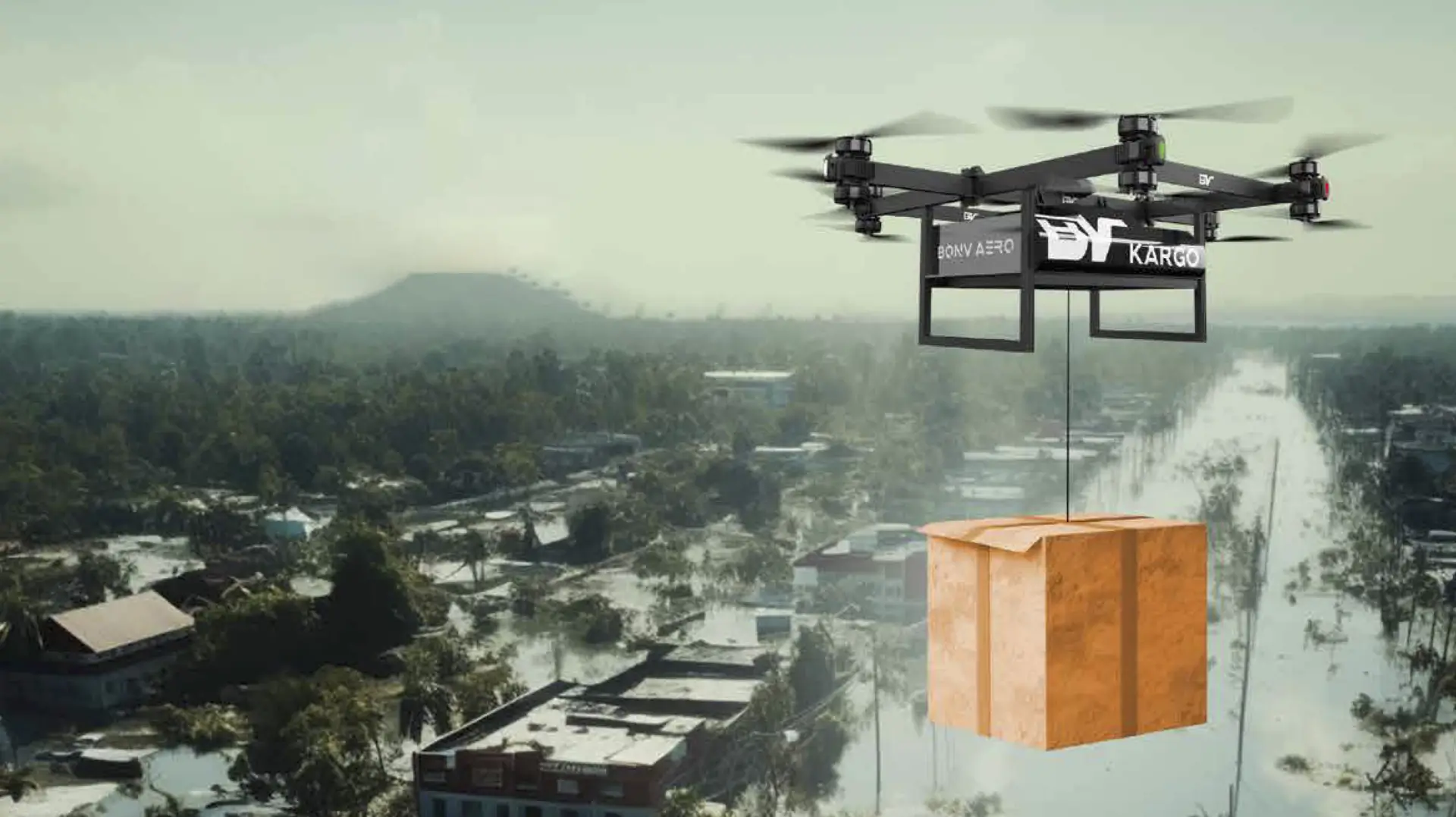Technology is moving faster than ever, and one of the most exciting developments in recent years has truly been in the skies. We’re talking about aerial innovation, particularly Unmanned Aerial Vehicles (UAVs) and drones. Whether it’s snapping stunning aerial photos, delivering parcels, monitoring crops, or even supporting military operations, these flying machines are changing the way we live and work.
But what exactly are UAVs and drones? Are they the same thing? And why should businesses, hobbyists, and tech enthusiasts even care?
In this guide, we’ll break it all down starting with the basics, exploring how they’re used in the real world, and looking ahead at where this technology is heading.
What Are UAV and Drones?
Understanding the difference starts with getting the terms right. While often used interchangeably, UAVs and drones have slightly different meanings.
UAV
A UAV, or Unmanned Aerial Vehicle, refers to an aircraft that operates without a human pilot on board. UAVs are typically controlled remotely or follow pre-programmed flight paths using onboard systems. The term “UAV” is often used in military, research, or industrial contexts where precision, autonomy, and mission complexity are high.
UAVs are part of a broader system known as UAS (Unmanned Aircraft System), which includes the aircraft, ground control systems, sensors, and communication links.
Drone
A drone is a more casual or consumer-friendly term for the same type of device. Originally used to describe any remotely piloted vehicle (air, ground, or water), “drone” now commonly refers to multirotor flying devices used for photography, leisure flying, or small-scale commercial applications.
While every drone is technically a UAV, not all UAVs are referred to as drones – especially in formal or defence-related discussions
Are Drones and UAVs the Same?
Technically yes, but the context of use makes a difference.
Both UAVs and drones refer to unmanned flying machines, but their usage differs based on audience, application, and complexity.
- “Drone” is the everyday term used by the general public.
- “UAV” is more technical and used in aviation, military, or commercial industries.
So, while they technically refer to the same thing, using “UAV” usually implies a more sophisticated system, while “drone” might suggest a simpler, hobby-grade device.
Key Differences Between UAV and Drones
| Feature | UAV (Unmanned Aerial Vehicle) | Drone |
| Definition | Technical term for unmanned aircraft | General/public term for flying robots |
| Usage Context | Military, industrial, scientific | Consumer, entertainment, small commercial |
| Flight Control | Often autonomous or long-range remote-controlled | Typically manually controlled via app/controller |
| System Integration | Part of a full UAS (includes control, sensors, data) | Often standalone unit |
| Cost & Complexity | High cost, advanced components | Varies from low-cost toys to prosumer drones |
| Examples | Surveillance UAVs, mapping drones, delivery UAVs | DJI drones, toy drones, vloggers’ drones |
Types of UAV and Drones
There are many different types of UAVs and drones depending on their design, purpose, and flying capabilities. Here are the main categories:
- Fixed-Wing UAVs: Fixed-wing UAVs look like traditional aeroplanes. They can cover long distances and stay in the air for longer periods, making them ideal for large-area mapping, surveillance, and military use. However, they need runways or a launch system to take off and land.
- Multirotor Drones: These are the most popular drones you’ll see – like quadcopters and hexacopters. They can hover, take off vertically, and are easy to fly, which makes them perfect for photography, videography, and inspection tasks. Their flight time is usually shorter compared to other types.
- VTOL (Vertical Take-Off and Landing) Drones: VTOL drones combine the features of both fixed-wing and multirotor drones. They can take off and land vertically like a helicopter but fly forward like an aeroplane. This makes them useful in places with limited space and for long-distance flights.
- Nano and Micro Drones: These are very small drones often used indoors, for research, or in military surveillance. They can enter tight spaces and are usually lightweight and easy to carry. Their flight time and range are limited but useful for specific tasks.
- Hybrid UAVs: Hybrid UAVs are custom-built to handle complex tasks by combining multiple features – for example, the stability of a multirotor with the endurance of a fixed-wing. They are used in industries that require flexible and reliable flight performance.
How Do UAVs and Drones Actually Work?
UAVs and drones function through a combination of aerodynamics, onboard sensors, GPS navigation, and real-time communication with a remote controller or ground station.
Key Components:
- Flight Controller: The brain that processes inputs and controls motors
- Propulsion System: Motors and propellers for lift and movement
- GPS Module: Enables positioning, altitude hold, and return-to-base function
- Sensors: Cameras, Light Detection and Ranging, thermal sensors for specific applications
- Battery: Powers the entire system; flight time depends on capacity
Advanced UAVs may operate autonomously using AI, while consumer drones are mostly operated manually or semi-autonomously via mobile apps.
Where Are UAVs and Drones Used?
UAVs and drones are now used across many industries, helping to save time, improve safety, and collect data in ways that weren’t possible before. Here are some of the most common use cases:
1. Defence and Border Surveillance: In the defence sector, UAVs play a critical role in surveillance, monitoring borders, and gathering real-time intelligence. They allow armed forces to observe hard-to-reach or dangerous areas without putting soldiers at risk.
2. Agriculture: Farmers use drones to monitor crop health, spray fertilizers or pesticides, and map large fields. This helps increase efficiency, reduce costs, and support precision farming practices that improve overall yield.
3. Delivery and Logistics: Drones are being tested and used for delivering packages, especially in areas where traditional transportation is slow or difficult. They are ideal for delivering medical equipment or medicines, food, and small goods quickly and safely.
4. Aerial Photography and Videography: Drones have transformed the photography and film industry. They help capture stunning aerial shots for weddings, events, movies, and real estate, offering unique perspectives that were once only possible with helicopters.
5. Infrastructure and Industrial Inspection: Drones make it easier to inspect hard-to-reach structures like power lines, wind turbines, pipelines, and tall buildings. This reduces the need for human workers to perform risky tasks while providing accurate visual data.
6. Disaster Response and Emergency Services: During natural disasters or emergencies, drones are used to locate victims, assess damage, and deliver aid to areas that are otherwise inaccessible. They support faster response times and help save lives in critical situations.
What’s the Future of UAV and Drone Technology?
The future of UAVs and drones is full of exciting innovations that will make these flying machines even more powerful, efficient, and widely used. Here’s what to expect in the coming years:
1. AI-Powered Autonomous Flights: Drones will become smarter with artificial intelligence, allowing them to fly, detect obstacles, and make decisions without human control.
2. Drone Swarms: Multiple drones will work together in a coordinated way — useful for defence missions, search and rescue, or large-scale farming.
3. Urban Air Mobility (UAM): Drone taxis and air shuttles could become a reality, helping people travel across cities through the sky, reducing road traffic.
4. Medical and Emergency Deliveries: Drones will play a bigger role in delivering emergency medical supplies like blood, vaccines, or medicines to remote or disaster-hit areas.
5. Improved Battery and Flight Time: Advancements in battery technology will allow drones to fly longer and cover more distance, making them more efficient for industrial use.
6. Integration with 5G and IoT: Faster and more reliable data sharing between drones and control systems will improve real-time tracking, communication, and performance.
7. Eco-Friendly Drone Designs: The future will bring lighter, quieter, and more environmentally friendly drones made with sustainable materials and lower emissions.
Are Drones and UAVs Regulated?
Yes, drones and UAVs are regulated to ensure airspace safety and privacy.
In India (DGCA Guidelines):
- All drones above 250g must be registered.
- Flying in certain zones (near airports, military areas) is prohibited.
- Pilot training and Remote Pilot Certificate may be required for commercial use.
In the US (FAA Guidelines):
- Drones must be registered if they weigh over 250g.
- Flying beyond visual line of sight (BVLOS) requires special permission.
- Part 107 licence needed for commercial drone operations.
UAVs and drones are transforming how we work, travel, and understand the world around us – from helping farmers and delivery services to assisting in emergencies and inspecting critical infrastructure.
As this technology continues to develop, it’s important for individuals and businesses alike to stay informed about the latest uses, updates, and safety rules.
At BonV Aero, a trusted drone manufacturing company in India, we focus on developing high-performance UAVs for defence, government, and commercial applications. Our solutions are designed to meet the specific needs of institutional and industrial use cases backed by precision, reliability, and innovation.
If you’re seeking a dependable partner in drone technology for your organisation, we’re here to support your goals with tailored, future-ready solutions.





